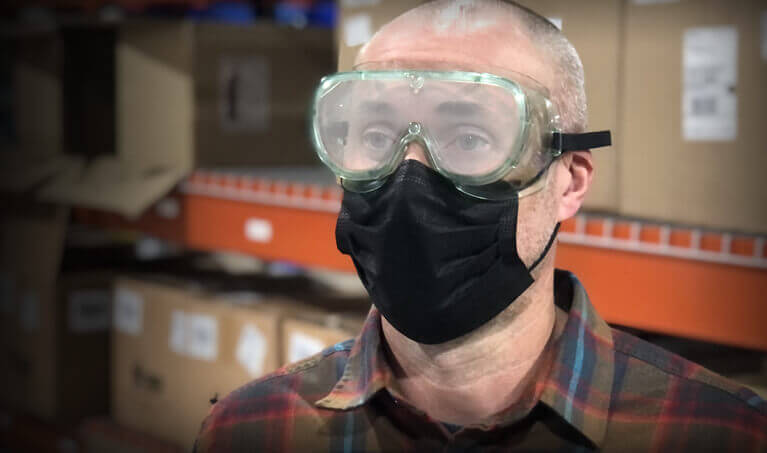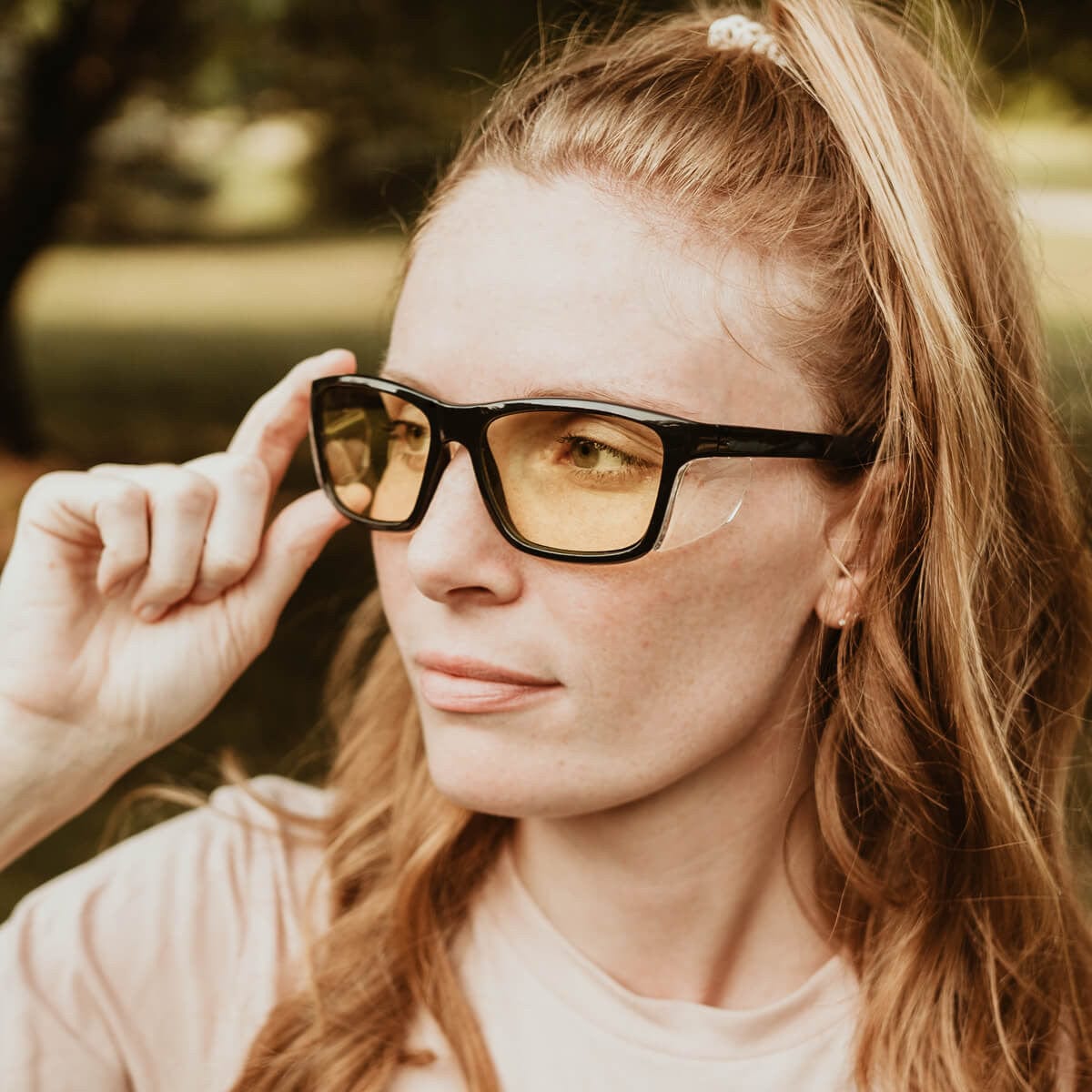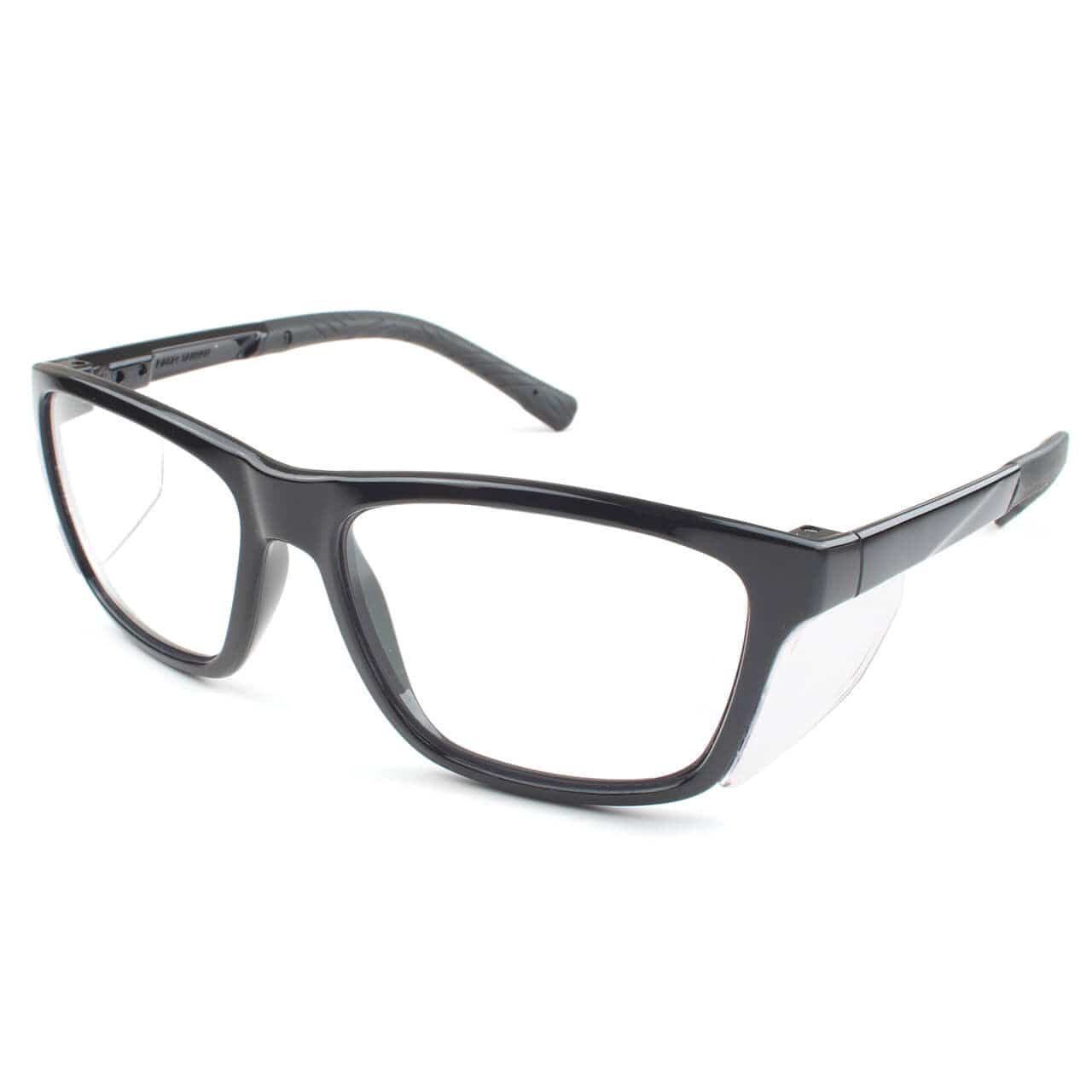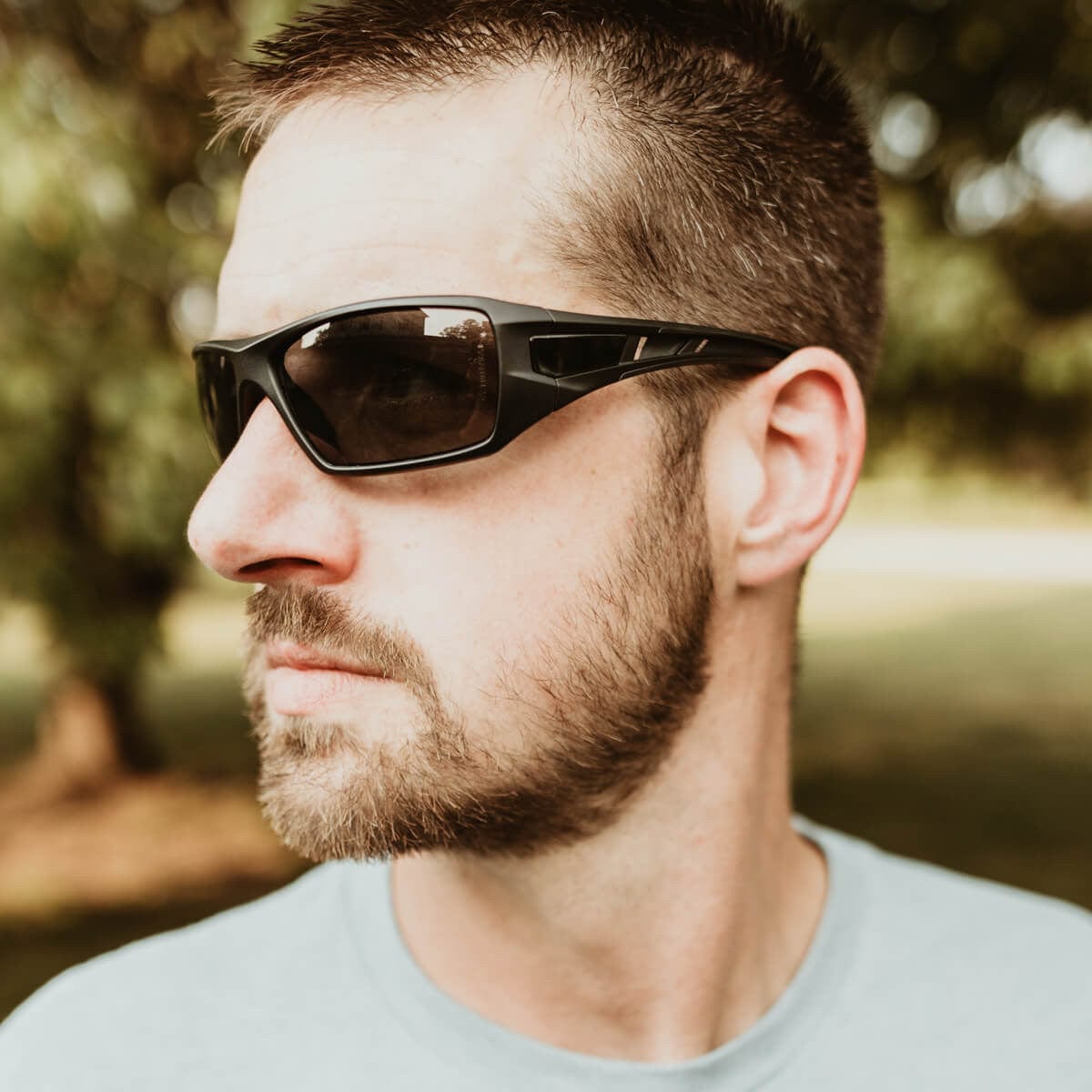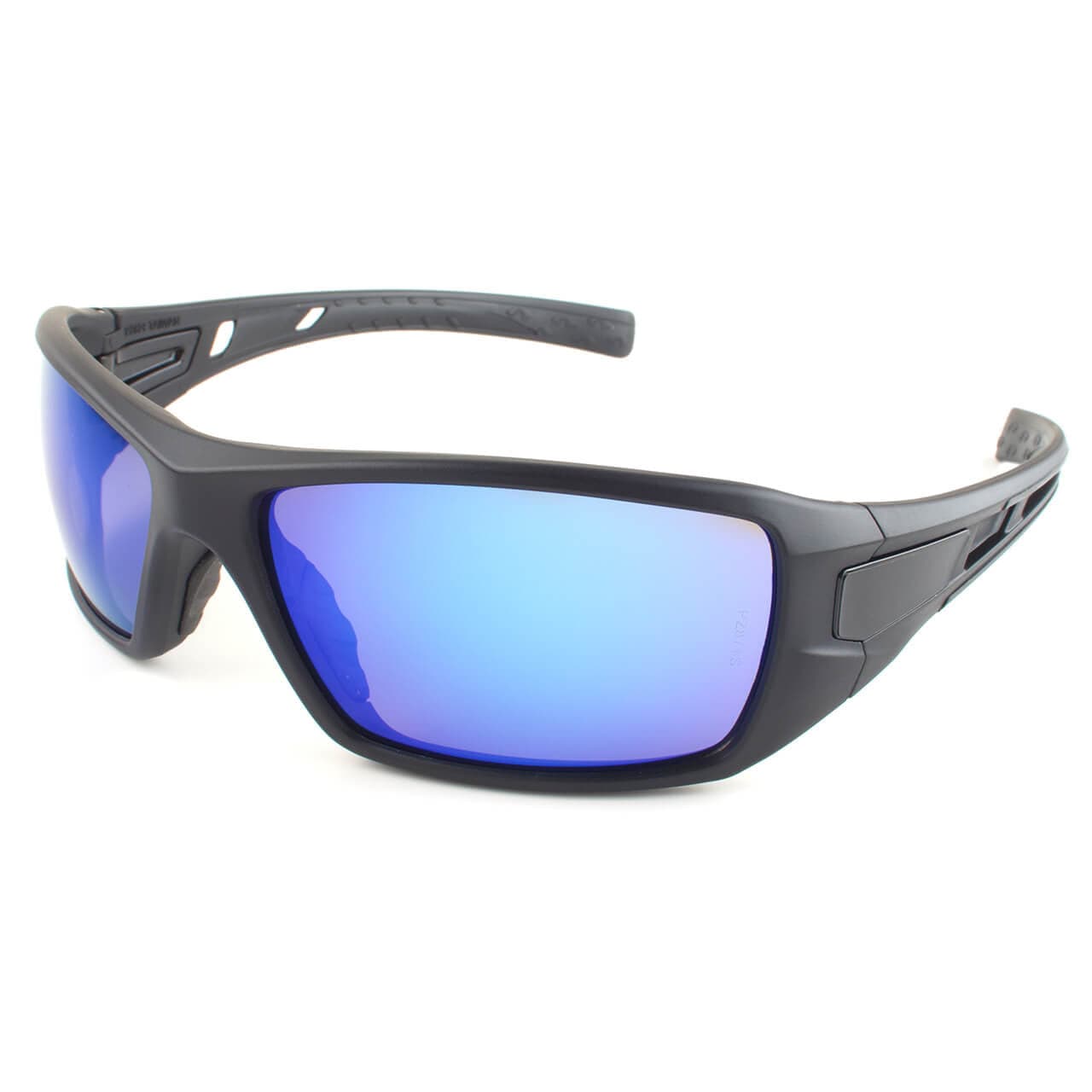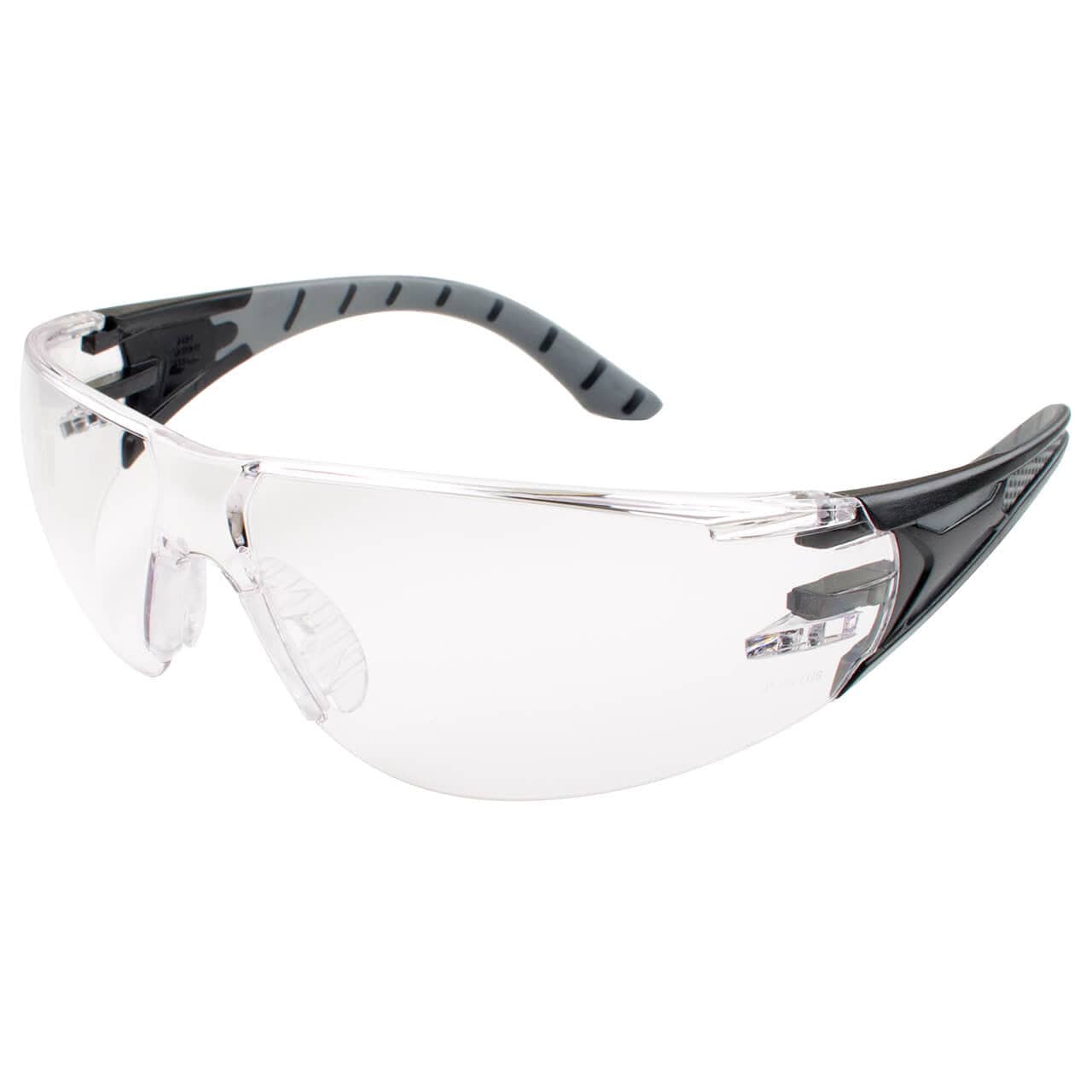Fogging glasses, a regular issue for the 164 million American adults who wear glasses, have become even more prominent with the mask-wearing mandate brought on by the COVID-19 pandemic. With most people now wearing masks, those who wear prescription eyewear, safety eyewear, and even sunglasses must regularly contend with fogging glasses.
Fogging glasses caused by mask-wearing can be simply bothersome. In many cases, though, fogging glasses go beyond annoyance and become a safety hazard.
The Cause of Fogging Glasses
Condensation causes lens fogging. Water evaporates when it’s hot and becomes a liquid again when it cools. While wearing a mask, warm air escapes through the top when you breathe. The moisture in your breath hits the lenses, and the temperature change causes condensation, resulting in foggy lenses.
Preventing Fogging Glasses
There are a lot of suggestions on how to prevent glasses from fogging. What works really depends on a variety of factors. Sidney Gicheru, MD, spokesperson for the American Academy of Ophthalmology, and an ophthalmologist with Laser Care Eye Center in Dallas, says
“There’s not a magic bullet, and the amount of fogging really depends on the mask, the glasses, and on the facial structure of the patient. Thus, some patients have a lot more trouble with it than others.” (Face Masks and Foggy Glasses: A COVID Consequence)
The tips below can help you analyze your situation. Use them to find the best way to prevent fogging glasses while wearing a face mask.
Tip #1 – Find (or create) the best fit
The best mask fit usually happens by making a variety of adjustments. It begins by finding the right mask for your face type by trying out different masks. Getting a mask with adjustable straps can also help.
Some individuals further adjust their fit by taping the top of the mask to their noses. Stuffing the top of the mask with tissue to prevent air from escaping and causing fogging glasses is another option. Other tips for creating the best fit, which essentially means creating a good seal at the top of the mask, include, according to WebMD, using a mask with wire or metal that bends to the shape of your face and resting glasses over the top of the face mask.
Tip #2 – Wash lenses regularly
Many medical professionals wash lenses with soap and water to prevent fogging glasses. There is some evidence, though, that this won’t work for everyone. Some believe the type of soap may be a factor. Still, trying different types of soap may be worthwhile. After all, glasses that are not only clean but also less foggy are worth the effort. While this solution is temporary, it can be somewhat effective in a world where handwashing is more regular than ever before.
Tip #3 – Consider lens options
There are quite a few options to try for those who struggle with fogging safety eyewear or sunglasses. Many eyewear brands offer anti-fog safety glasses as well as anti-fog goggles and anti-fog over-Rx eyewear that come with anti-fog features in addition to anti-fog coatings.
Tip #4 – Try anti-fog solutions
There’s no shortage of anti-fog solutions on the market, both in the form of sprays and wipes. As with washing lenses regularly, anti-fog solutions are temporary and require regular reapplication. Still, some people may find them to be an adequate solution. This is most likely the case if you need to wear face masks less than, say, frontline workers. Anti-fog solutions like Safety Glasses USA's Anti-Fog Spray may be all you need to keep fog at bay.
To help choose the best anti-fog option and perhaps lessening the time needed for trial and error, consider understanding How Anti-Fog Lens Coatings Work and looking at How to Use Anti-Fog Solutions as a starting point.
Find What Works for You
Keep in mind that no one solution will likely work for every person or in every situation. The above tips can help you find the best approach. Use them to discover what works best for you for reducing fogging glasses while wearing a face mask.

